DOG TRAINING OFFERED IN-PERSON AND ONLINEOur dog training services are delivered in almost any format that meets your needs. We have GROUP CLASSES at our indoor and outdoor facilities on our farm, ONLINE LIVE STREAMING classes, and SELF-PACED VIDEO-BASED training through our Online Dog Training Course. Our PRIVATE TRAININGS can be done in-home, outside, in public dog-friendly locations, at our facility on our farm, online via phone or video conferencing and through email. |
Question:
We are planning to adopt a second dog. What’s the best way to introduce the two dogs?
The Trainer Answers:
A successful first meeting between your resident dog and a new dog can help to ensure an easier integration of your new dog into your household. Some planning will help this first meeting to be a success.
First, how does your resident dog do when introduced to new dogs? Do you have a friendly dog with good social skills? Some dogs are very friendly but have poor social skills which can cause problems! Is your dog territorial at home or even in your neighborhood? If your dog has poor social skills, any potential dog-dog issues, space issues or territorial issues, then you will need to be more careful. The same questions apply for the new dog.
If there are any doubts, it’s best to err on the side of caution and set yourself up for success. It’s best to have one person to handle each dog. Rather than bringing the new dog into your house, with your other dog waiting just inside, it’s best to bring your new dog into the house with your resident dog safely elsewhere. Give the new dog a chance to check out the new surroundings and check out the smells without a face-to-face meeting at the door.
The actual dog to dog introduction is best handled outdoors. If there are any concerns about territoriality or space issues, plan for the dogs to meet outdoors in neutral territory where there is plenty of space, such as a local park. If your dog is territorial in your neighborhood, a park that you do not frequent is best.
Start by having one person walking each dog, on leash, apart from each other. Rather than approaching head-on, you should gradually join up with the other dog walking in the same direction. Start by walking farther apart, so the dogs can see each other but not get too close. Gradually walk closer together until you are walking side by side. This gives the dogs a chance to get used to each other and check each other out without the pressure of coming at each other head-on. It is very important to keep the leashes as loose as possible but still keep hold in case you need to separate the dogs. If each person holds tightly to the leashes, you create tension for the dogs and could cause a problem that might not otherwise have occurred because they are picking up on your tension.
If you have a dog with any leash aggression issues, then a walk will not be the best way to introduce the two dogs. How to introduce then will depend on whether your dog does well off leash with other dogs or needs extra time to acclimate to another dog without being able to make contact. That situation will need to be addressed differently and is not discussed in this particular article.
When you bring the dogs home, allow them to meet again outside the house, and then bring one in at a time. Do not walk them in together, as tight doorways are prime locations for dog-dog scuffles. Bring one all the way in away from the door, and then bring the other one inside.
Provide close supervision at first to ensure there are no problems. In particular, keep an eye on doorways and other tight spaces, as well as anything that might be considered a valuable resource, such as food bowls, bones, toys, beds, or even you. Put away potential problem items, such as bones, when first bringing both dogs in the house.
If you detect any potential problems, address it in a positive manner quickly to prevent escalation into a fight. If you are not sure what signs to look for or how to address early warning signs, contact a professional who will help you to address it appropriately. Punishment – even if it seems to work in the short term – is not the best way to address these issues, as you could make matters worse in the long run. Also, assuming that dogs will work things out themselves – although some will – is not always the best approach either.
Help your dogs to make good choices rather than assuming everything will work out without your assistance. Prevention is much easier than addressing problems that build up over time.
Our goal is to positively impact the lives of as many dogs and their families as we can, in part through our extensive library of video, infographics and text articles. |

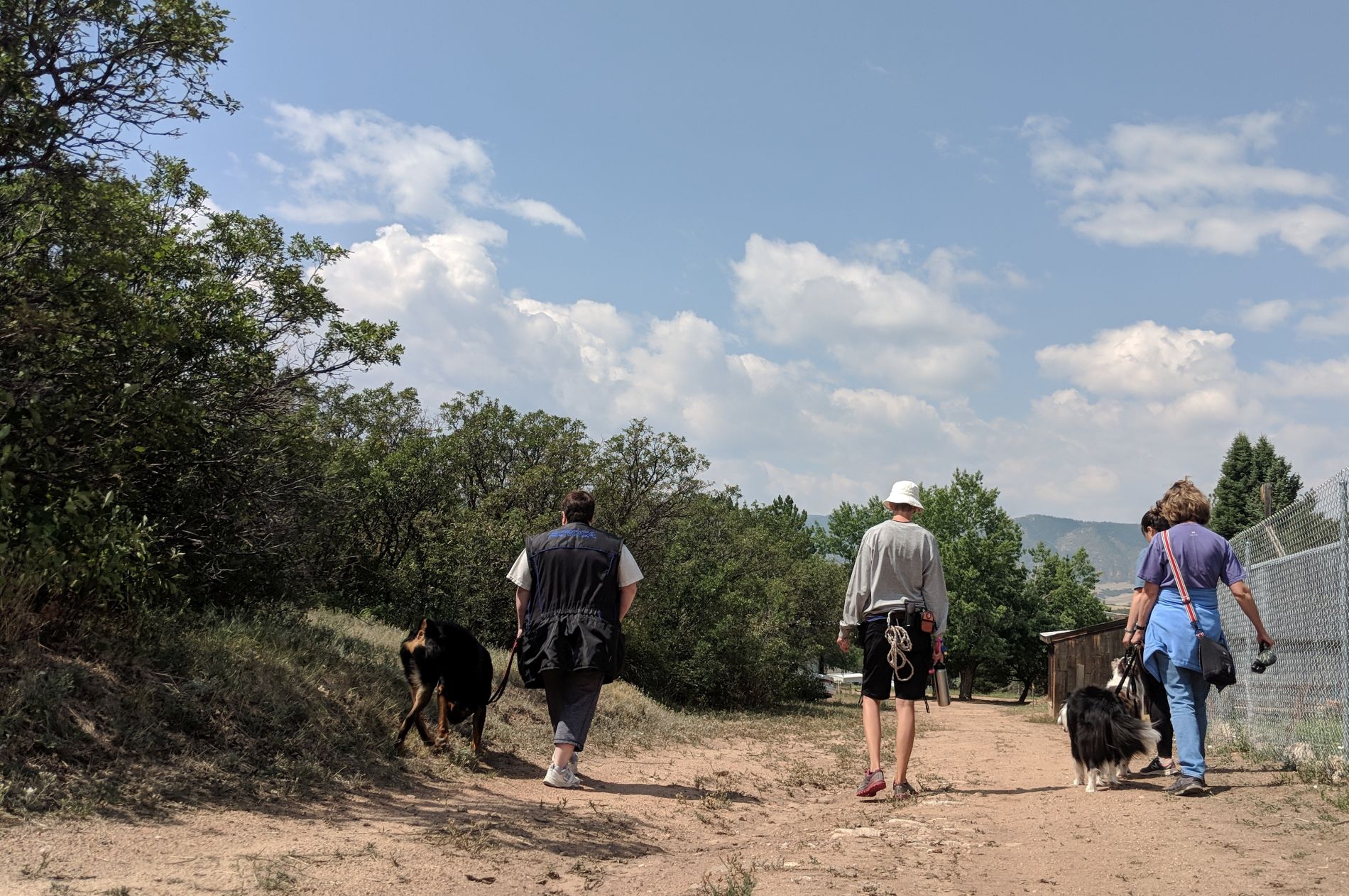
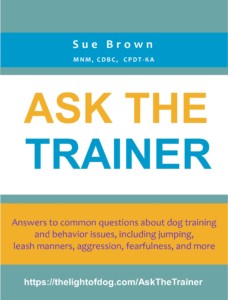
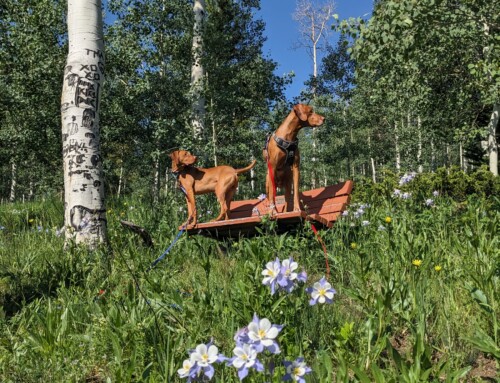
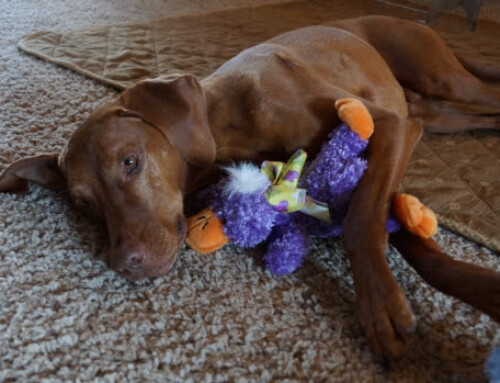
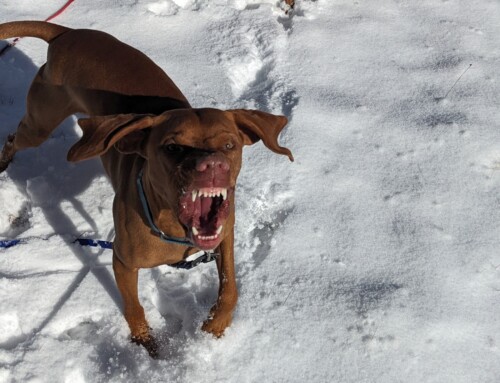
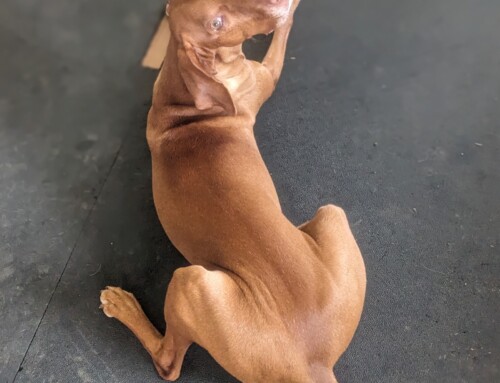
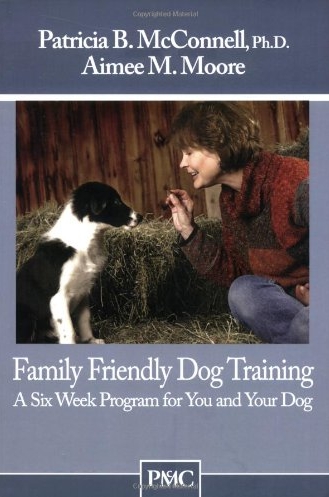
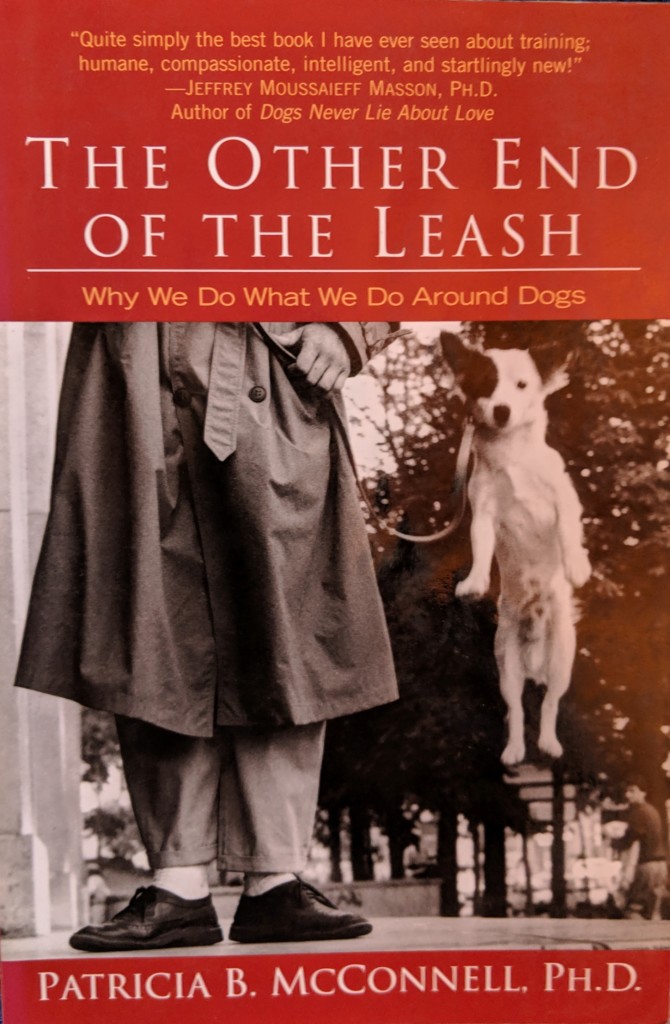
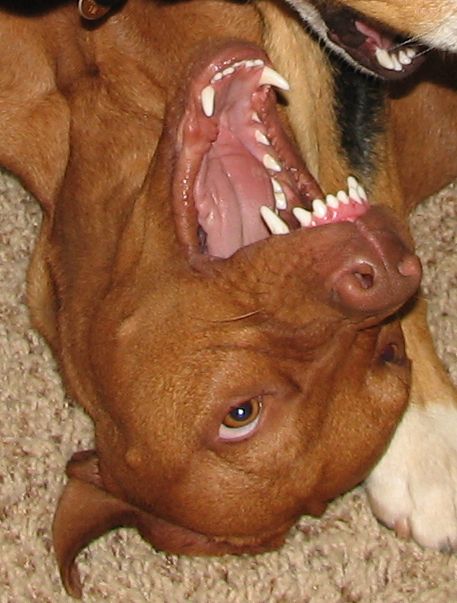
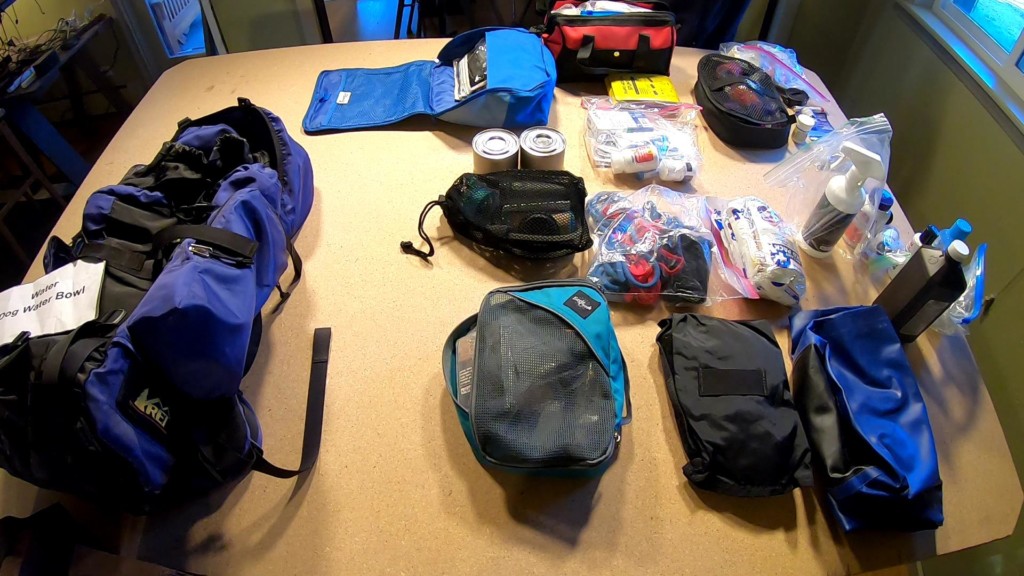
Leave A Comment